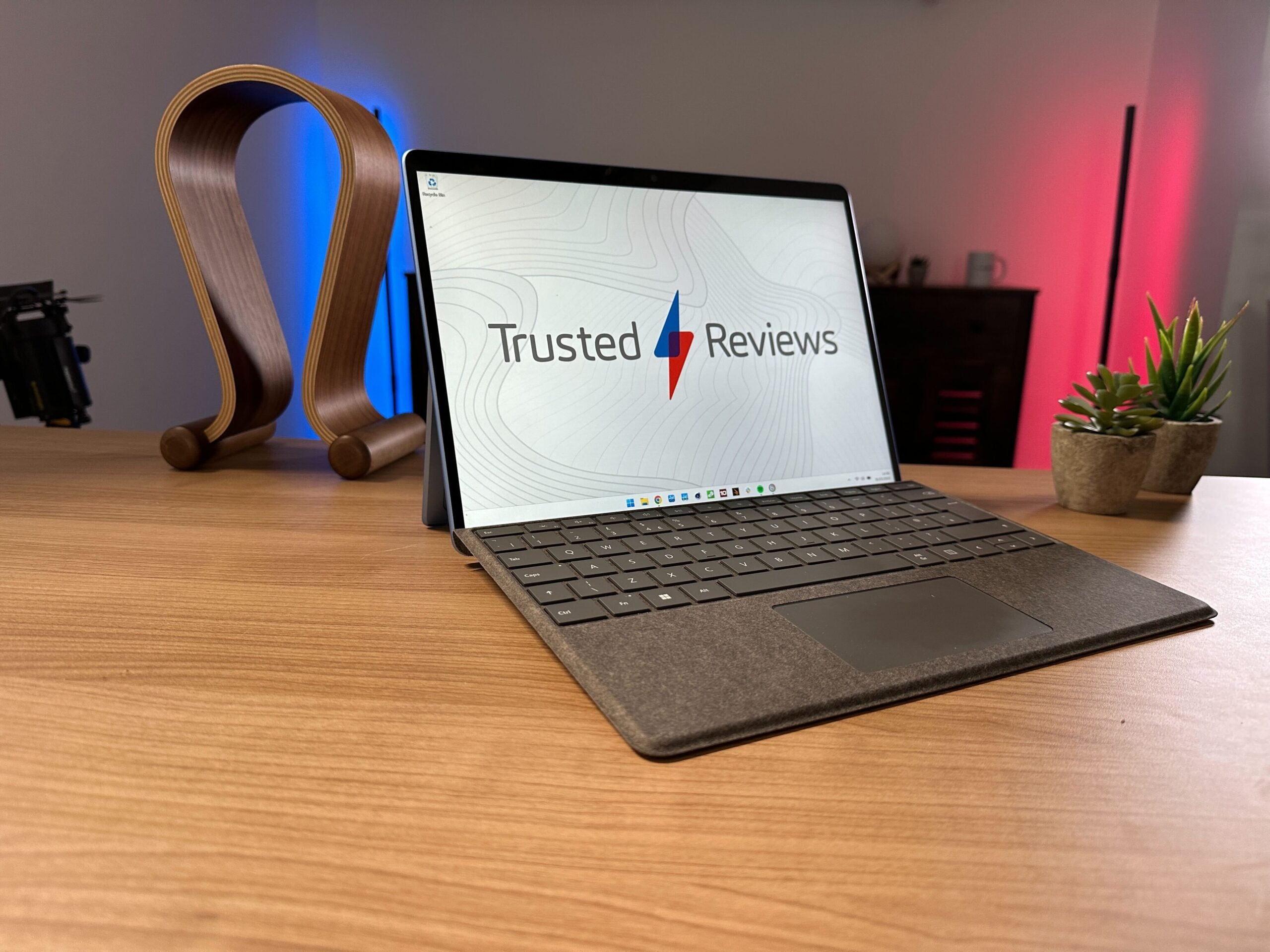Jessica Gorringe
2024-05-29 07:41:33
www.trustedreviews.com
Microsoft recently announced its newest range of computers, including the two-in-one Surface Pro 11. Although we haven’t reviewed the Surface Pro 11 yet, we spent some time with the device after the initial announcement last week.
How does the new Surface Pro 11 compare to its predecessor, the Surface Pro 9? We’ve compared the technical specifications of both and highlighted the key differences between the two-in-one devices below.
Before we get started, it is worth discussing the naming conventions. While a Surface Pro 10 does exist, it is purely sold and marketed as a business device and isn’t easily available for consumers. That’s why we’re comparing the latest Surface Pro against the ninth generation.
Both are two-in-one devices
We’ll start with a clear similarity between the two. Both the Surface Pro 11 and Surface Pro 9 are two-in-one devices, which means they are both tablets that can function as a laptop with the addition of a compatible keyboard.
The Surface Pro 11 is a Copilot Plus PC
Copilot Plus was launched alongside the Surface Pro 11 and the Surface Laptop 7 at Microsoft’s recent event. Designed for AI, Microsoft promises that Copilot Plus PCs are “the fastest, most intelligent Windows PCs ever built” and are fitted with powerful new chips capable of “an incredible 40 plus TOPS” plus access to the most advanced AI models.
Microsoft hailed Copilot Plus PCs as the beginning of a “new chapter with AI innovation on the device” and marks “the most significant change to the Windows platform in decades.”
Copilot Plus features include Cocreator which allows users to generate and refine AI images on their device and Live Captions which can translate audio from over forty languages into English. Every Copilot Plus PC is also equipped with a powerful AI agent that Microsoft promises will offer users access to the latest AI models in the coming weeks too, including GPT-4o from its partners at OpenAI.

The Surface Pro 11 runs on Qualcomm’s Snapdragon processors
The Surface Pro 11 is one of the first Microsoft PCs that run on Qualcomm’s Snapdragon X series of chips, which are designed to rival the Apple M-Series processors.
The Surface Pro 11 is available with either the Snapdragon X Plus or the more premium Snapdragon X Elite. Microsoft says that the X Elite offers “90% faster performance than the Surface Pro 9”. As we haven’t tested the Surface Pro 11 yet we aren’t able to verify these claims ourselves.
Otherwise, the Surface Pro 9 is available with a choice between three chips: the 12th Gen Intel Core i5-1235U, i7-1255U or Microsoft SQ 3. In our review of the device, our reviewer found it was “capable of hefty productivity tasking” however the performance was consistently below key rivals, including its Surface Laptop 5 sibling which runs on the same processor.
The Surface Pro 11 has an OLED or LCD HDR screen
Depending on the model you opt for, the Surface Pro 11 will either have an LCD or an OLED display. The OLED HDR display is reserved for the more premium model, running on Snapdragon X Elite and boasts a contrast ratio of 1M:1 so should be able to produce an overall better picture quality than the LCD.
Although we haven’t tested the OLED model yet, we did get an early glimpse and our first impression was that it’s a clear “improvement over the LCD panel” which can be found on the Surface Pro 11 that runs on the Snapdragon X Plus.
The Surface Pro 9 instead has an HDR display which although isn’t as technically impressive as an OLED or even an LCD, our reviewer found was “a great all-rounder, top-notch for productivity and has big colour chops for taking in videos and images”.
Both the Surface Pro 11 series and Surface Pro 9 are optimised with PixelSense Flow which is Microsoft’s technology for multi-touchscreen computers.


The Surface Pro 9 is cheaper
Naturally as the older of the two, the Surface Pro 9 has a cheaper starting price of £799/$749/€849 (for the model running on Intel Core i5-1235U). The Surface Pro 11 is a pricier device, starting at £1049/$999/€1199 (running on Snapdragon X Plus).
As both are two-in-one devices, they are both compatible with a keyboard and pen but neither accessory is included in the box and has to be purchased separately.
Microsoft also launched its new Surface Pro Flex Keyboard which has a more rigid body than previous Surface Pro keyboard options and can be attached wirelessly. This has an RRP of £339/$349.99/€409.99, so is another expense to consider when investing.




































































